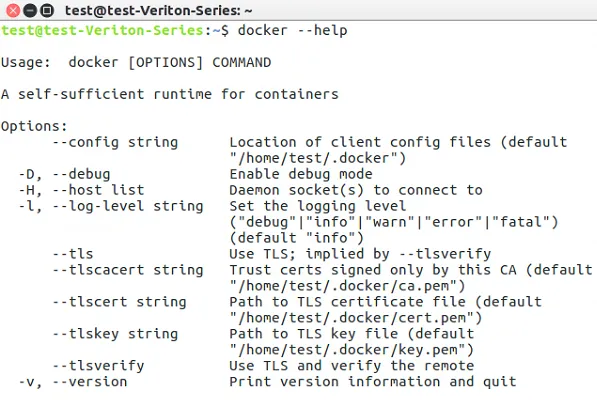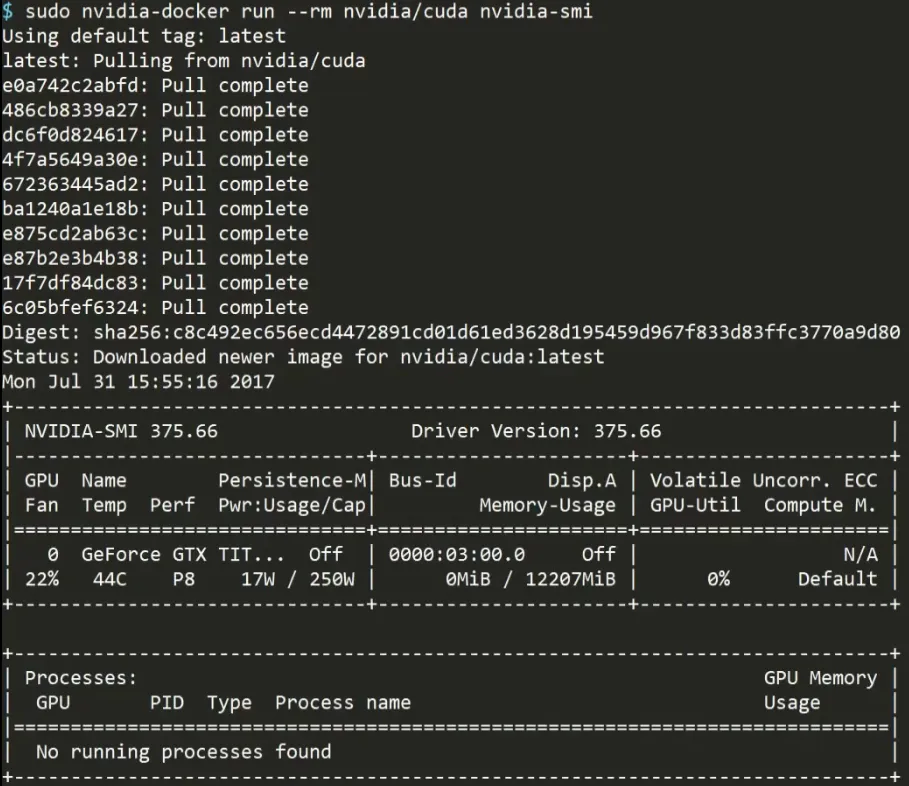
Hands-On Deep Learning for Images with TensorFlow
Build intelligent computer vision applications using TensorFlow and Keras
Will Ballard
- 96 pagine
- English
- ePUB (disponibile sull'app)
- Disponibile su iOS e Android
Hands-On Deep Learning for Images with TensorFlow
Build intelligent computer vision applications using TensorFlow and Keras
Will Ballard
Informazioni sul libro
Explore TensorFlow's capabilities to perform efficient deep learning on images
Key Features
- Discover image processing for machine vision
- Build an effective image classification system using the power of CNNs
- Leverage TensorFlow's capabilities to perform efficient deep learning
Book Description
TensorFlow is Google's popular offering for machine learning and deep learning, quickly becoming a favorite tool for performing fast, efficient, and accurate deep learning tasks.
Hands-On Deep Learning for Images with TensorFlow shows you the practical implementations of real-world projects, teaching you how to leverage TensorFlow's capabilities to perform efficient image processing using the power of deep learning. With the help of this book, you will get to grips with the different paradigms of performing deep learning such as deep neural nets and convolutional neural networks, followed by understanding how they can be implemented using TensorFlow.
By the end of this book, you will have mastered all the concepts of deep learning and their implementation with TensorFlow and Keras.
What you will learn
- Build machine learning models particularly focused on the MNIST digits
- Work with Docker and Keras to build an image classifier
- Understand natural language models to process text and images
- Prepare your dataset for machine learning
- Create classical, convolutional, and deep neural networks
- Create a RESTful image classification server
Who this book is for
Hands-On Deep Learning for Images with TensorFlow is for you if you are an application developer, data scientist, or machine learning practitioner looking to integrate machine learning into application software and master deep learning by implementing practical projects in TensorFlow. Knowledge of Python programming and basics of deep learning are required to get the best out of this book.
Domande frequenti
Informazioni
Machine Learning Toolkit
- Installing Docker
- Building a machine learning Docker file
- Sharing data back and forth between your host computer and your Docker container
- Building a REST service that uses the machine learning infrastructure run inside of your Docker container
Installing Docker



The machine learning Docker file




Indice dei contenuti
- Title Page
- Copyright and Credits
- Packt Upsell
- Contributors
- Preface
- Machine Learning Toolkit
- Image Data
- Classical Neural Network
- A Convolutional Neural Network
- An Image Classification Server
- Other Books You May Enjoy